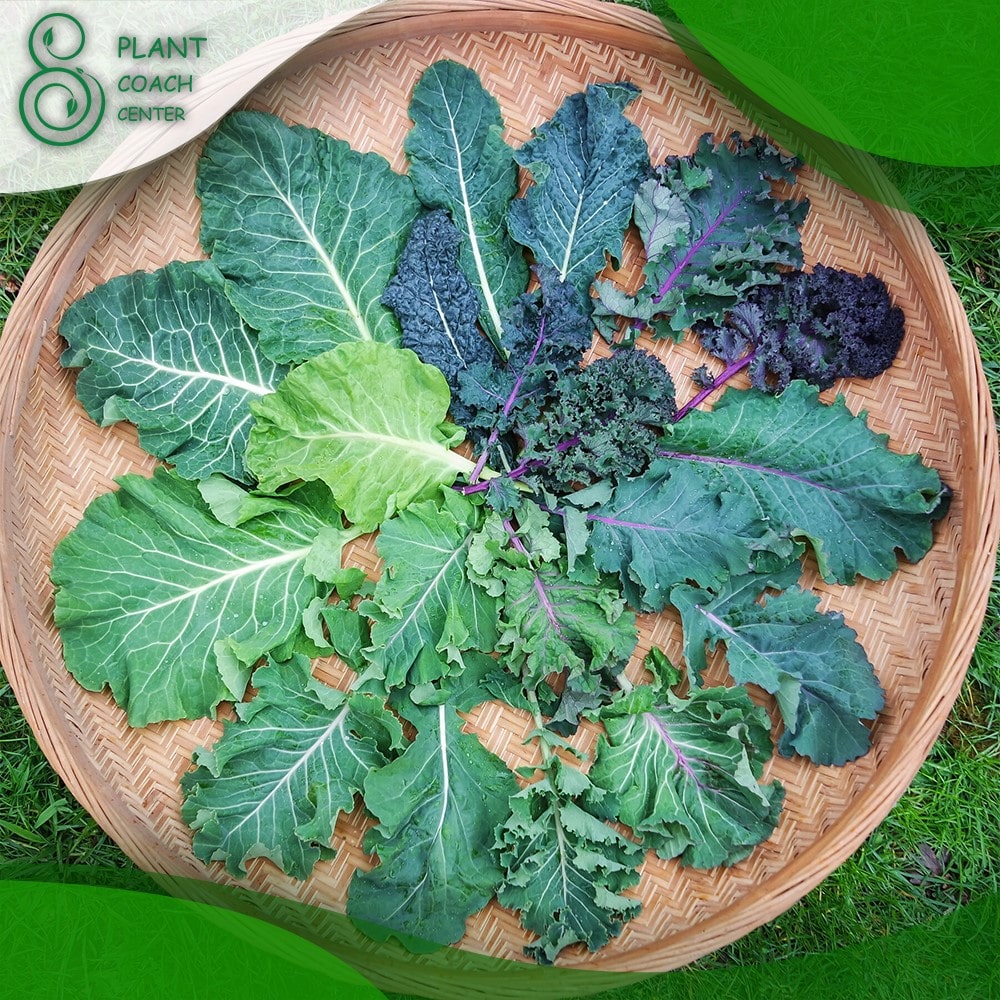When to Grow Kale?
Welcome to the verdant realm of kale cultivation, where the journey from seed to plate is a vibrant tapestry woven with seasonal nuances. Whether you’re a seasoned gardener or just beginning to dig into the earth’s embrace, mastering the art of “When to Grow Kale” unlocks a world of taste, nutrition, and horticultural fascination.
Kale, that hardy and versatile leafy green, offers a kaleidoscope of possibilities, each season presenting its challenges and rewards. From the delicate tendrils of spring shoots to the robust fronds that brave the winter chill, every stage of kale’s growth tells a story of resilience and adaptability.
In this verdant voyage, we’ll traverse the kale calendar, exploring when and how to coax the best from your kale crops throughout the year. So grab your gardening gloves, and let’s embark on a journey that celebrates the plant’s remarkable transformations and your role as a seasonal steward of this remarkable green companion.
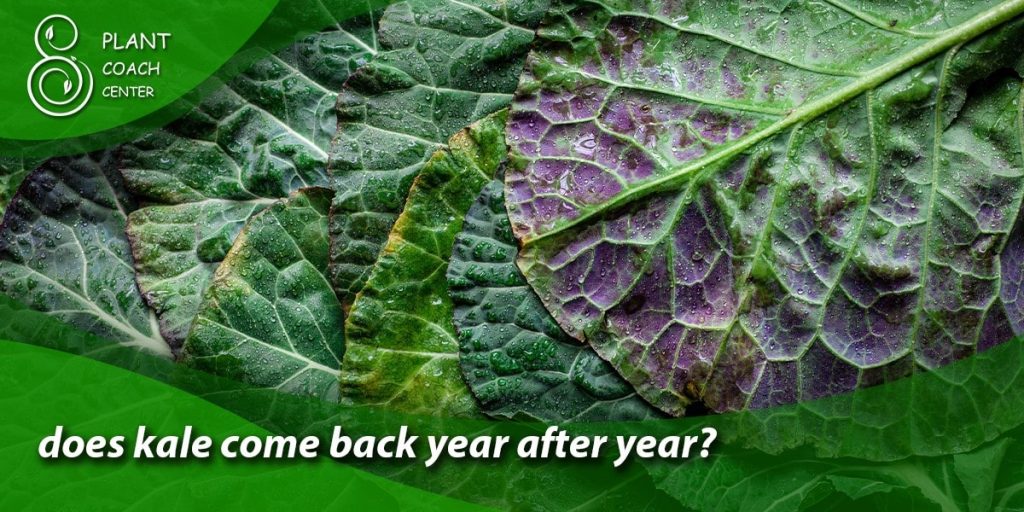
Kale Cultivars for All Seasons
As you embark on your kale-growing adventure, the kaleidoscope of cultivars available allows you to tailor your garden to the rhythms of each season. From the frilly leaves of Curly Kale to the majestic purple hues of Red Russian Kale, there’s a kale variety for every palate and climate.
Curly Kale (Spring/Fall)
Curly kale is a spring and fall superstar with its ruffled leaves and crisp texture. It thrives in cooler temperatures, producing sweeter leaves when kissed by a touch of frost. Begin planting curly kale in early spring for a bountiful harvest before the heat sets in and again in late summer for a delightful fall crop.
Lacinato Kale (All Seasons)
Also known as Dinosaur Kale, Lacinato boasts dark, textured leaves that are a staple in many dishes. Its hardiness allows it to endure cold and warm temperatures, making it a versatile choice for year-round cultivation. Start Lacinato kale in early spring; it will keep providing greens well into the fall.
Red Russian Kale (Fall/Winter)
Red Russian kale adds a pop of color to your garden with vibrant purple stems and fringed leaves. This variety thrives in cooler weather, becoming sweeter after a light frost. Plant it for a fall harvest in late summer, and watch it thrive through mild winter spells.
Siberian Kale (Winter)
When the winter chill settles in, Siberian kale stands tall. Its thick, blue-green leaves are built to withstand frosty temperatures and develop a unique sweetness as the cold intensifies. Start planting Siberian kale in late summer for a winter harvest that offers fresh flavor when other greens are scarce.
Premier Kale (Spring/Summer)
If you’re eager for an early summer harvest, consider Premier Kale. This variety proliferates and is best enjoyed when young and tender. Begin planting in early spring to savor its delicate taste before the heat arrives.
Redbor Kale (All Seasons)
Making a visual statement in your garden beds, Redbor kale flaunts stunning red and purple hues. Its color deepens in cold weather, making it a fantastic choice for fall and winter gardens. Plant Redbor kale in late summer for a feast of color and nutrition as the year winds down.
Portuguese Kale (Winter/Spring)
Also known as Tronchuda kale, this variety resembles collard greens with its broad leaves and mild flavor. It’s a perfect choice for hearty winter stews and early spring salads. Plant Portuguese kale in late summer for a winter harvest that continues into the following year.
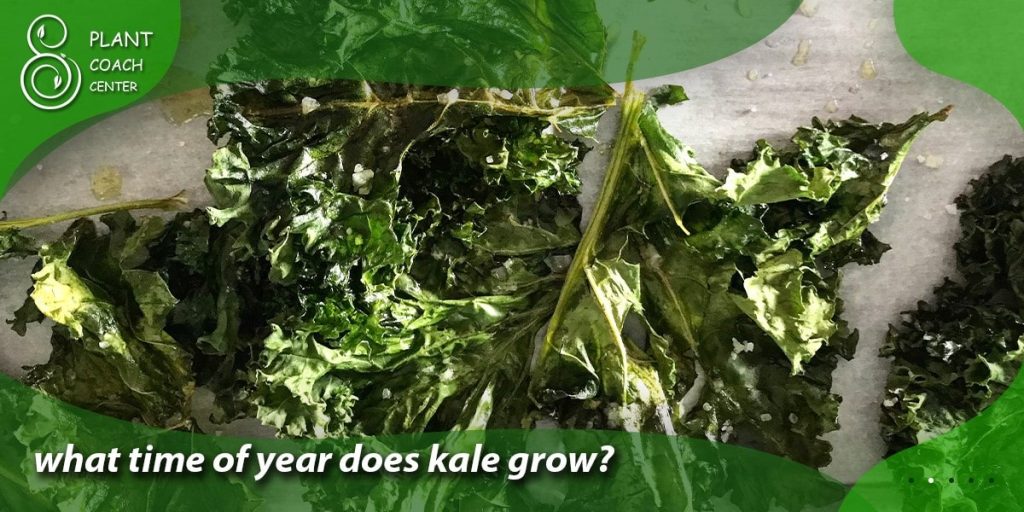
Sowing Seeds vs. Transplants
When starting your kale-growing journey, the decision between sowing seeds and using transplants sets the stage for your plant’s success. Each method has advantages and considerations, depending on your location, timeline, and gardening style.
Sowing Seeds
Sowing kale seeds in the garden directly connects to natural growth. This method is ideal if you want to witness the entire lifecycle of your kale, from tiny seeds to robust plants. It’s also cost-effective, as seeds are generally more affordable than transplants.
Start your kale seeds indoors in late winter for early spring crops, providing them with a head start before transplanting them outdoors after the last frost. This method allows you to fine-tune your growing conditions and gives you more control over the entire germination process. However, sowing seeds requires patience as you wait for the seeds to sprout and develop into viable plants.
Using Transplants
Transplants offer a shortcut to a more established kale plant. This method is beneficial if you’re starting your kale-growing journey later in the season or if you prefer the convenience of skipping the early growth stages. Purchasing transplants from a nursery ensures you get healthy, well-rooted plants ready to be placed in the ground.
This can be a time-saving option, giving you a jump start on your harvest. When using transplants, choose plants that are still young and haven’t become root-bound in their containers. Transplants are also less susceptible to early pests and adverse weather conditions, increasing their chances of survival.
Finding the Right Balance
The choice between sowing seeds and using transplants ultimately depends on your gardening goals and the resources you have available. If you’re a patient gardener who enjoys observing the complete growth process, starting from seeds might be more fulfilling.
On the other hand, if you’re aiming for a quicker harvest and want to reduce the risk of potential setbacks, transplants could be your best bet. Regardless of your choice, remember that both methods can yield healthy and delicious kale when given the proper care and attention. By considering your local climate, growing season, and personal preferences, you can make an informed decision that sets the stage for a successful kale-growing venture.
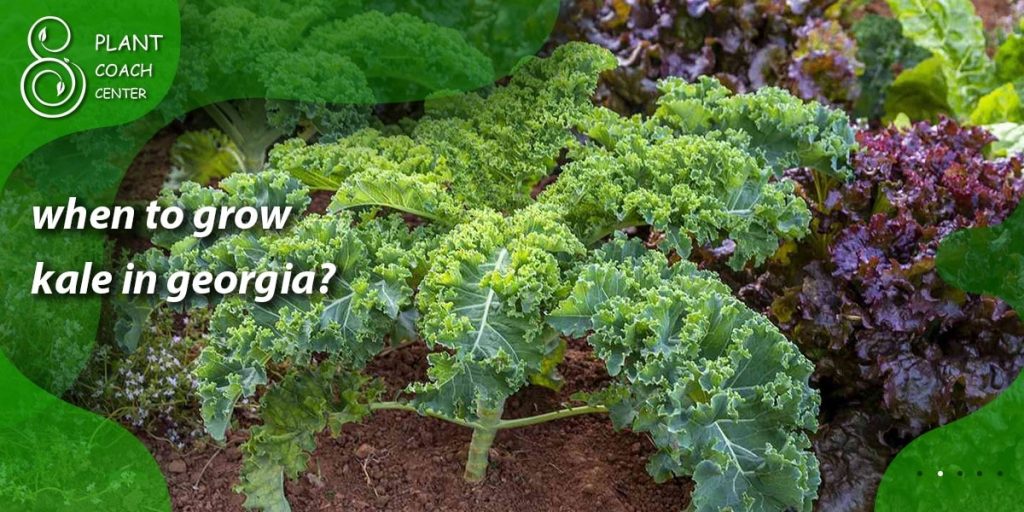
Nurturing Kale in Spring Awakening
As winter’s grip loosens and the first signs of spring appear, it’s the perfect time to dive into nurturing your kale crop. Spring offers a fresh start for your garden, and taking the proper steps early on can set the stage for a productive and vibrant kale harvest. Here’s how to make the most of the spring awakening for your kale plants:
Soil Preparation
Begin by preparing your soil. Kale thrives in well-draining soil rich in organic matter. Work compost or well-rotted manure into the soil to provide essential nutrients and improve its structure. This ensures your kale plants have a strong foundation for growth.
Timing
As the ground thaws and temperatures rise in early spring, it’s time to sow your kale seeds or transplant young seedlings. Kale can tolerate cooler temperatures, making it suitable for early planting. However, avoid planting too early if you anticipate late frosts.
Sun and Shade
Kale loves sunlight, but in the warmer days of spring, providing some protection from the intense midday sun is a good idea. Position your kale bed where it receives morning sunlight and partial afternoon shade to prevent the leaves from wilting.
Watering
Adequate watering is crucial during the initial stages of growth. Keep the soil consistently moist but not waterlogged. A layer of mulch can help retain moisture and regulate soil temperature, contributing to healthy kale development.
Thinning and Pruning
As your kale seedlings grow, thin them out to ensure proper spacing between plants. This prevents overcrowding, improves air circulation, and reduces the risk of diseases. Remove any yellowing or damaged leaves to encourage the plant’s energy to focus on healthy growth.
Pest Management
Spring brings new growth and potential pests. Look for aphids, caterpillars, and other common kale pests. Early detection and intervention, such as insecticidal soap or companion planting with repellent herbs, can help prevent infestations.
Fertilizing
As your kale plants establish themselves, consider boosting them with a balanced fertilizer. Choose a fertilizer with a higher nitrogen content to encourage leafy growth. Follow the package instructions for application rates and frequency.
Summer Shade and Kale Parade
As the sun reaches its zenith and temperatures soar, maintaining the health and vitality of your kale crop becomes a delicate dance between sunlight and shade. Summer presents unique challenges for kale growers, but with thoughtful strategies, you can ensure your kale parade remains vibrant and productive throughout the hottest months.
Strategic Planting
When planning your kale bed for the summer, consider providing natural shading. Tall crops like corn or trellised beans can offer a protective canopy for your kale, reducing the intensity of the sun’s rays during peak hours.
Shade Cloth
Invest in shade cloth for a more controlled approach. This lightweight fabric can be suspended over your kale bed to diffuse sunlight and provide relief from scorching temperatures. Opt for a cloth with around 30-50% shade factor to strike the right balance.
Watering Regimen
Proper hydration is essential in the summer heat. Water your kale consistently, aiming for deep, thorough watering sessions to encourage profound root growth. Morning is the best time to water, allowing foliage to dry during the day and reducing the risk of fungal diseases.
Mulching
Maintain a layer of organic mulch around your kale plants. Mulch helps regulate soil temperature, retains moisture, and suppresses weed growth, contributing to healthier kale growth during summer.
Harvest Timing
Kale leaves become slightly bitter and more brutal during summer. To mitigate this, aim to harvest your kale earlier in the day when temperatures are more relaxed. Younger leaves are often more tender and flavorful, making them a delightful addition to summer salads.
Pest Vigilance
The warm months can bring an influx of pests. Keep a close watch for invaders like aphids, cabbage worms, and flea beetles. Regularly inspect the undersides of leaves for signs of infestation and employ organic pest control methods as needed.
Watering Techniques
Consider employing deep watering or drip irrigation techniques to deliver moisture directly to the root zone, minimizing water waste and discouraging shallow root growth.
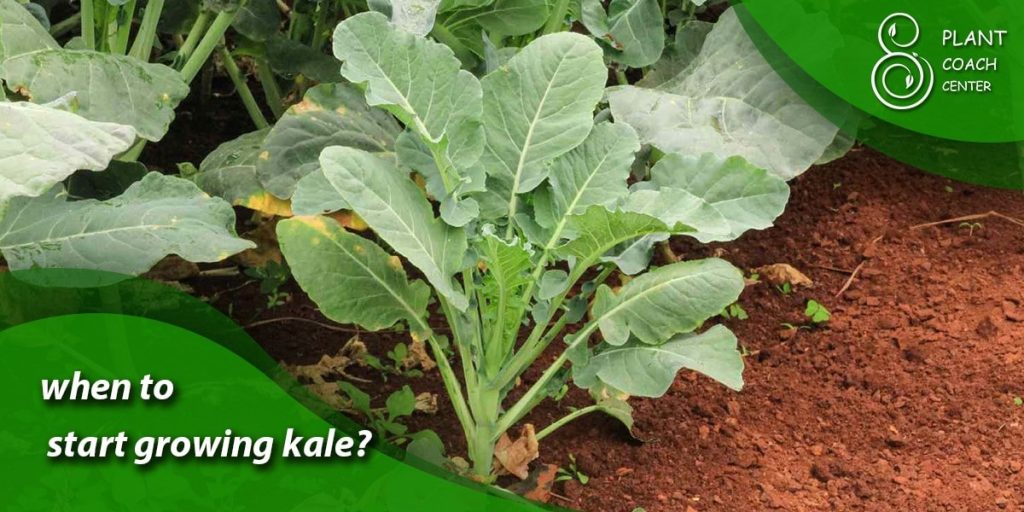
Fall Fiesta: Extending the Kale Harvest
The fall season brings renewed energy to your kale garden as the days grow shorter, and the air carries a hint of crispness. With the right strategies, you can extend your kale harvest well into the cooler months, creating a fall fiesta of flavors and colors that celebrate the changing seasons.
Succession Planting
To ensure a continuous kale supply, practice succession planting. Sow new kale seeds every few weeks throughout late summer and early fall. This staggered approach allows you to enjoy a steady stream of fresh kale leaves as earlier plants mature and new ones sprout.
Frost Protection
Kale’s flavors often intensify after exposure to light frosts. Consider using frost blankets or row covers to safeguard your kale from more severe cold snaps. These protective layers provide insulation, maintaining higher temperatures around your plants and extending your harvest window.
Harvest Techniques
As temperatures drop, focus on harvesting outer leaves rather than whole plants. This allows the inner leaves to grow and develop, ensuring a longer-lasting harvest. Use a gentle twisting motion to detach leaves from the main stem, minimizing damage to the plant.
Mulch and Cold Frames
Apply a thicker layer of mulch around your kale plants to insulate the soil and protect roots from extreme temperature fluctuations. Additionally, consider using cold frames to create a mini greenhouse effect. Cold frames trap heat and provide an optimal environment for kale growth even as winter approaches.
Flavors of Cold Weather
Embrace the unique flavors that cooler temperatures bring to kale. Cold weather triggers the production of sugars within the plant, resulting in a sweeter taste. Incorporate these flavorful leaves into warming soups, stews, and hearty sautés that showcase the season’s essence.
Storage Strategies
As the season progresses and winter approaches, consider storing surplus kale for future use. Blanch and freeze kale leaves to preserve their nutritional value, ensuring a taste of the fall fiesta even during the coldest months.
Experiment with Varieties
Fall is an excellent time to experiment with kale varieties known for their cold tolerance. Siberian kale, Red Russian kale, and Winterbor kale are just a few examples that thrive in colder temperatures and provide diverse textures and flavors.
Winter Wonderland Kale
As the world around you becomes blanketed in snow and the chill of winter settles in, your garden doesn’t have to fall dormant. With the proper preparations and care, you can transform your kale patch into a winter wonderland of green delights. Embrace the magic of winter gardening as you nurture your kale through the frosty months.
Choose Cold-Hardy Varieties
Begin by selecting kale varieties known for their cold tolerance. Siberian, Winterbor, and Red Russian kale are excellent options that can withstand freezing temperatures and thrive.
Timing Matters
Timing is crucial when growing kale in winter. Start your winter kale plants early enough in the fall to allow them to establish a robust root system before the harshest cold sets in. This will help them withstand freezing temperatures and snow.
Cold Frames and Row Covers
Extend the growing season using cold frames and row covers. These protective structures create a microclimate that shields your kale from harsh winds and insulates them against extreme cold. Make sure to monitor ventilation to prevent overheating on sunnier days.
Mulching for Warmth
Apply a thick layer of mulch around the base of your winter kale plants. Mulch acts as an insulator, protecting the soil and roots from temperature fluctuations while suppressing weed growth.
Watering Considerations
During winter, kale plants require less water due to slower growth. Water your kale sparingly, but monitor soil moisture to prevent it from becoming bone dry. Aim to water during milder parts of the day to minimize the risk of freezing.
Harvest Timing
When you’re ready to harvest, wait until the coldest part of the day has passed. This prevents ice crystals from forming on the leaves and damaging their cell structures. Enjoy the frost-kissed leaves in soups, stews, and salads that capture the season’s essence.
Embrace the Beauty
As your kale weathers the winter, take a moment to appreciate the unique beauty that frosted leaves and snow-dappled plants bring to your garden. The transformation of kale into a winter wonderland is a testament to its resilience and the joys of year-round gardening.
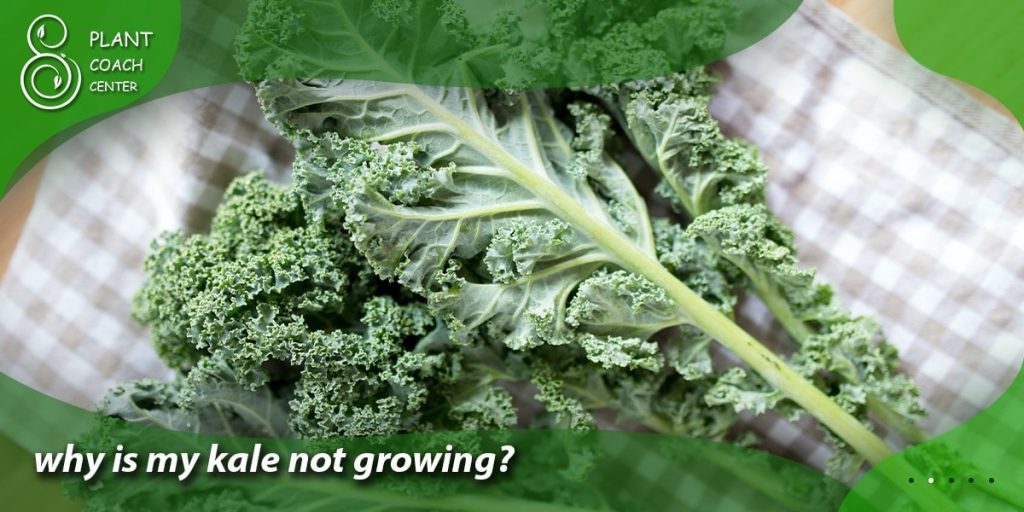
Conclusion
Time dances in harmony with the changing seasons in the kale garden, unveiling a kaleidoscope of flavors, colors, and challenges. From spring’s tender shoots to winter’s frost-kissed leaves, cultivating kale is a journey of adaptability, resilience, and learning.
As you explore the kale calendar, embracing diverse cultivars, sowing techniques, and microclimate wisdom, you step into a realm where gardening becomes an art form that transcends the ordinary. So, whether you’re a seasoned gardener or a curious beginner, the tips shared here are your compass to guide you through the kale-growing adventure.
For more insights, inspirations, and a cozy corner to discuss all things green, visit us at plantcouchcenter.com. Your garden’s kale symphony awaits – a melody of timely care, nature’s rhythms, and the sheer joy of reaping what you sow.
Can I grow kale in winter?
Certain kale varieties, like Siberian kale, thrive in colder temperatures.
When is the best time to plant kale?
Plant kale in early spring or late summer for optimal growth.
How do I protect kale from frost?
Use frost blankets or row covers to shield kale from frost and extend its season.


